A single photograph taken in Manhattan on September 11th, 2001, was published around the world and rapidly became one of the most recognizable images of the horror and confusion of that day.
It showed a terrified woman, smartly dressed for a day in the office, half concealed in a choking cloud of dust and shrouded from head to toe in a layer of fine, white powder.
This woman had clearly expected to face nothing more than another working day.
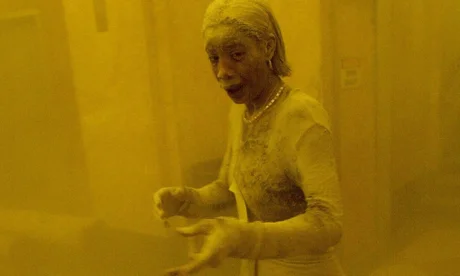

Instead, the sense of dislocation in the image was jarring – here was a normal person caught up in a situation of unimaginable horror.
The image became known as the “Dust Lady,” and later, it was discovered that the woman’s name was Marcy Borders. This is her story.
Just Another Day In The Office
Shortly after 8 am on Tuesday, September 11th, 2001, 28-year-old Marcy Borders arrived for work at the Bank of America branch on the 81st floor of the North Tower of the World Trade Center in New York City. She had traveled to work from her home in Bayonne, New Jersey.
She arrived early and was excited by her new job as a legal assistant. She was looking forward to learning more about her role. Like thousands of other people working in the Twin Towers complex that day, Marcy wasn’t expecting anything more challenging than the usual daily routine.
Then, at 8:46 am, the building shook briefly, and there was the sound of a dull rumble from above. While Marcy and her colleagues arrived for work, an American Airlines Boeing 767 airliner took off from Logan International Airport in Boston bound for Los Angeles.
Around fifteen minutes after take-off, Flight 11 was hijacked. One passenger was murdered, and the remainder, plus the crew, were forced into the rear of the aircraft while one of the hijackers took the controls.
Suddenly, air traffic controllers saw the aircraft veer off course. Just 45 minutes after take-off, it was flown into the North Tower, which impacted between the 93rd and 99th floors, 12 floors above the Bank of America Branch, where Marcy Borders and her colleagues worked.
A Nightmare Journey
Nobody in the Bank of America branch knew what had happened to cause the tower to suddenly shake, but it was clear that something awful was happening on the floors above.

Staff were told to remain calm and stay where they were. Marcy was extremely worried, but a supervisor reassured her, telling her to take deep breaths and remain calm.
Debris and even office furniture began to plunge past the windows from above. Then, a person fell past the window. Then another. And another… Whatever was happening on the floors above, it was clearly catastrophic.
Marcy and several of her colleagues decided to leave the building by making their way 81 floors down one of the emergency stairwells.
In the stairwell, they encountered people streaming down from the floors above, many with horrific injuries. Some were burned. Some had broken limbs. Some had objects embedded in their bodies and heads.
All had only one thought: to escape from the tower. As they descended, they began to pass firefighters running up the stairs who told them to keep moving and not to look back.
Although they didn’t know it at the time, even as Marcy and the others were beginning their nightmare descent, a second hijacked airliner had smashed into the South Tower.
It was close to 10 am when Marcy and her colleagues finally reached the ground floor of the North Tower. At that moment, the South Tower collapsed, spewing a dense cloud of toxic dust into the air.
The Photograph
New York freelance photographer Stan Honda received a call from a photo stringer from French news agency France Presse in the early morning of September 11th telling him that an airliner appeared to have crashed into one of the Twin Towers.
Honda took the subway as far as City Hall, and when he emerged above ground a little before 10 am, he saw a crowd of hundreds of people looking towards the Twin Towers, both of which were on fire.
He was making his way toward the base of the towers when the South Tower collapsed with a deep, splintering roar.
Like everyone else in the area, Honda was enveloped in a choking cloud of dust, and he staggered into the lobby of a nearby building to escape. There, he saw Marcy Borders, who had also sought refuge in the lobby.
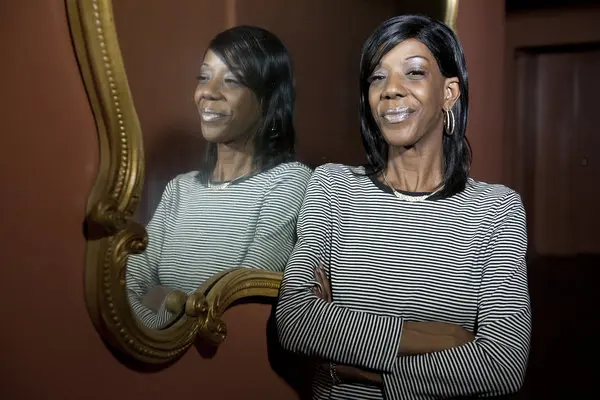
Without thinking, Honda raised his camera and snapped a single image that showed Marcy disoriented, frightened, and covered in dust from the collapsing South Tower.
It was one fleeting moment in a day of death, confusion, and fear, but somehow, this image became one of the most iconic taken on that day, encapsulating in one frozen moment the human impact of the attacks as thousands of ordinary people found themselves facing an extraordinary situation.
Afterward, Marcy walked to the tip of Manhattan Island, from where she was able to get on a ferry that took her home.
Stan Honda’s image of Marcy Borders was featured in the world’s media and press in the days following the 9/11 attacks. It remains one of the most iconic images of that day.
Aftermath
Almost 3,000 people died in the 9/11 attacks, and more than 25,000 were injured. In some ways, Marcy Borders was lucky: she was one of the few to escape from the upper floors of the North Tower with no obvious physical injury, but her life would never be the same again.
Stan Honda, the photographer who snapped the image of Marcy on September 11th, visited her a few weeks later at her home in Bayonne. Although she seemed to have made a full physical recovery, she was still very, very frightened.
She was too afraid to go back to New York City or to any place where she would be surrounded by tall buildings. She had begun to have recurring nightmares in which she was being attacked in her home in Bayonne.
She was unable to return to work, and her apprehension quickly turned to profound depression. Marcy turned to alcohol and narcotics as a way of escaping from her feelings of hopelessness and despair.
Her life began to spiral out of control. She split from her husband and lost custody of her two young children.
Ten years after the 9/11 attacks, Marcy had not been able to work for a single day. Every time she saw an aircraft, she panicked. If she saw a person in a tall building, she was convinced that they would shoot her.
By April 2011, Marcy had reached the bottom. She checked herself into a rehab clinic in an attempt to overcome her drug and alcohol issues.
Marcy seemed to be getting her life back on track. She was reunited with her husband and her children, though she still found it impossible to travel to New York City, just two short train rides from her home.
Then, in August 2014, Marcy was diagnosed with stomach cancer. Nobody was certain if this was related to the dust that Marcy inhaled during the 9/11 attacks. Some studies suggest that people exposed to this dust cloud are more likely to develop cancers, while others disagree.
All confirmed that the dust cloud had contained known carcinogens, including silica, asbestos, and glass fiber.
Nobody denies that over 4,500 people who were present at what became known as Ground Zero on September 11th have subsequently developed some form of cancer.
Paying for Marcy’s cancer treatment left her family massively in debt. Nothing seemed to slow the spread of the cancer, and in August 2015, Marcy Borders sadly died at the age of just 42.
Conclusion
The September 11th attacks were utterly unprecedented in terms of the scale of tragedy that they brought to the United States.
In looking at that dreadful day, it’s all too easy to forget the individual stories of the impact this event had on those who survived and those who lost family members and friends. The “Dust Lady” image is a stark reminder of the individual human cost of these attacks.
The story of Marcy Borders is also a reminder of the effect that 9/11 had on individuals. In a movie, escaping from the Twin Towers without physical harm would almost certainly be portrayed as a happy ending.
In real life, such an escape isn’t the end of the story. Grief, trauma, and depression are common for survivors, and these can have a debilitating effect.
Marcy was finally able to overcome those feelings and seemed to be getting her life back on track when she discovered one possible final legacy from her involvement in 9/11: cancer.
For Marcy Borders and her family, there would be no happy ending. The Dust Lady image has become an icon for the human cost of 9/11.
Marcy Borders’ story has also become one that reminds us that the cost of such terrible events cannot simply be measured in terms of deaths, physical injuries, and destruction.
The real human cost of such tragedies is harder to see, but it cuts much deeper and lasts far longer than most will ever realize.
Sources
https://allthatsinteresting.com/marcy-borders
https://www.facebook.com/notes/683876539211149/

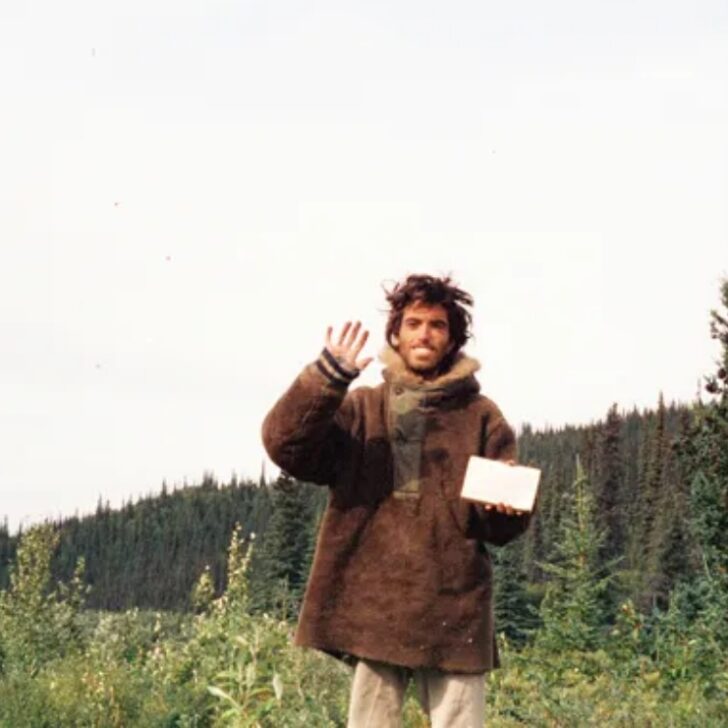

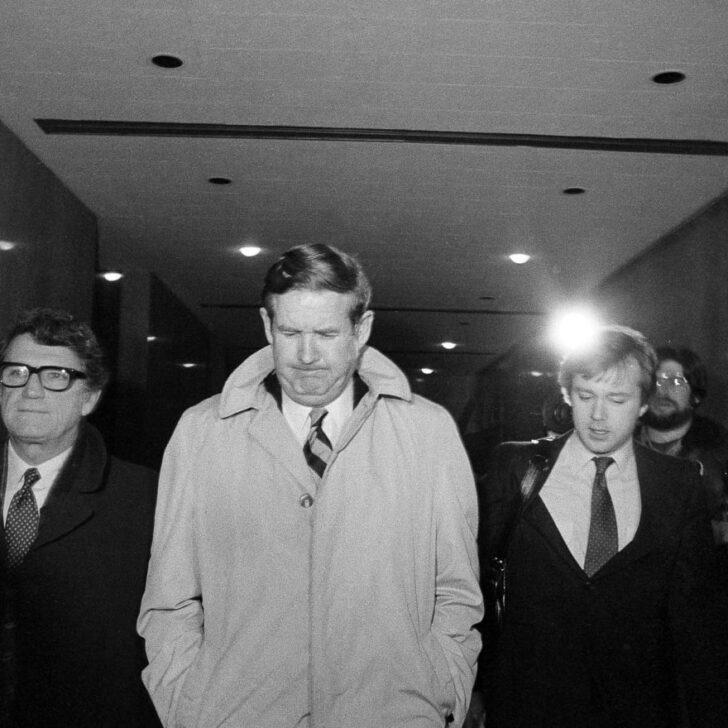
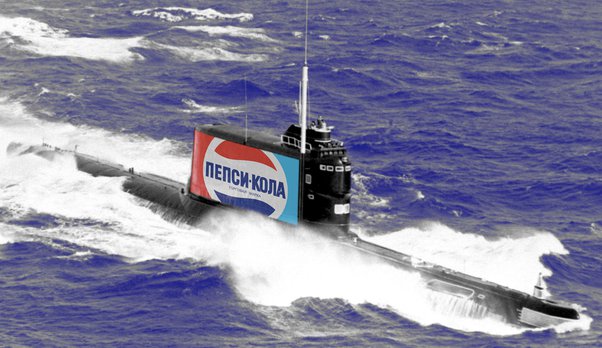
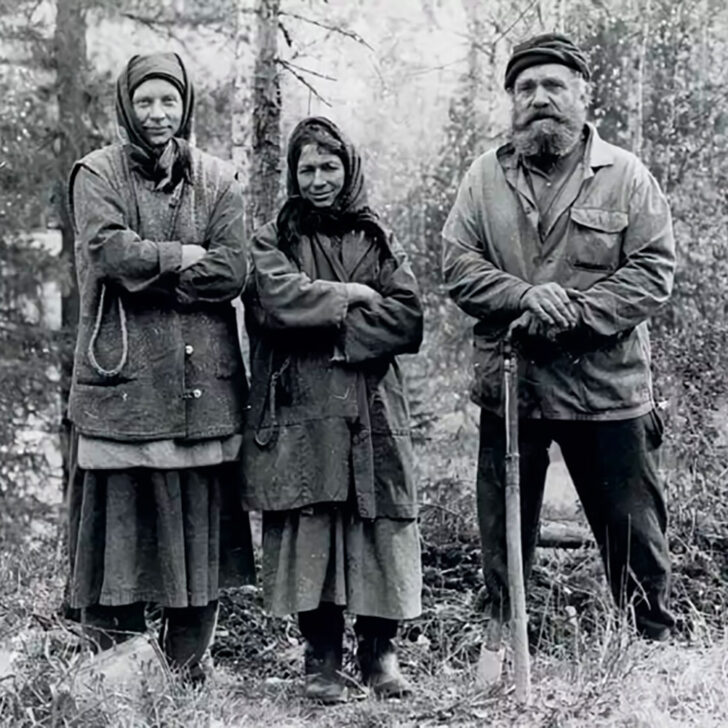




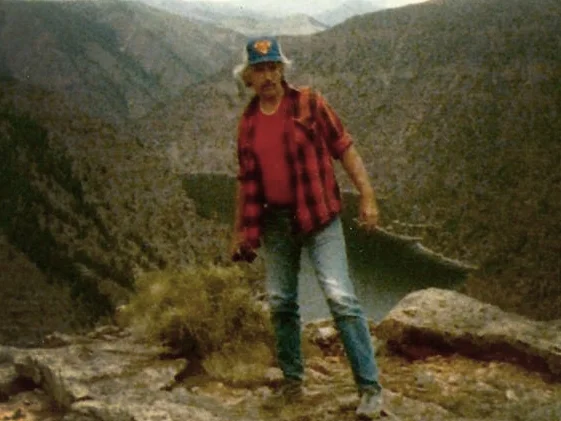
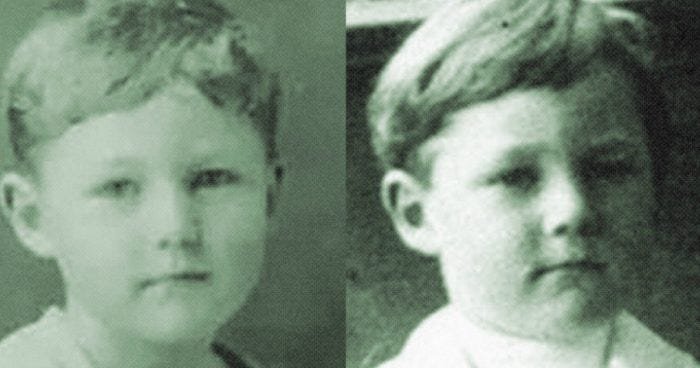

Leave a comment